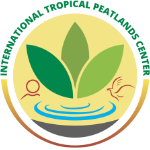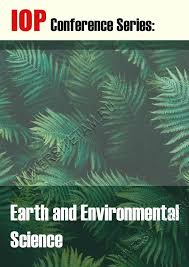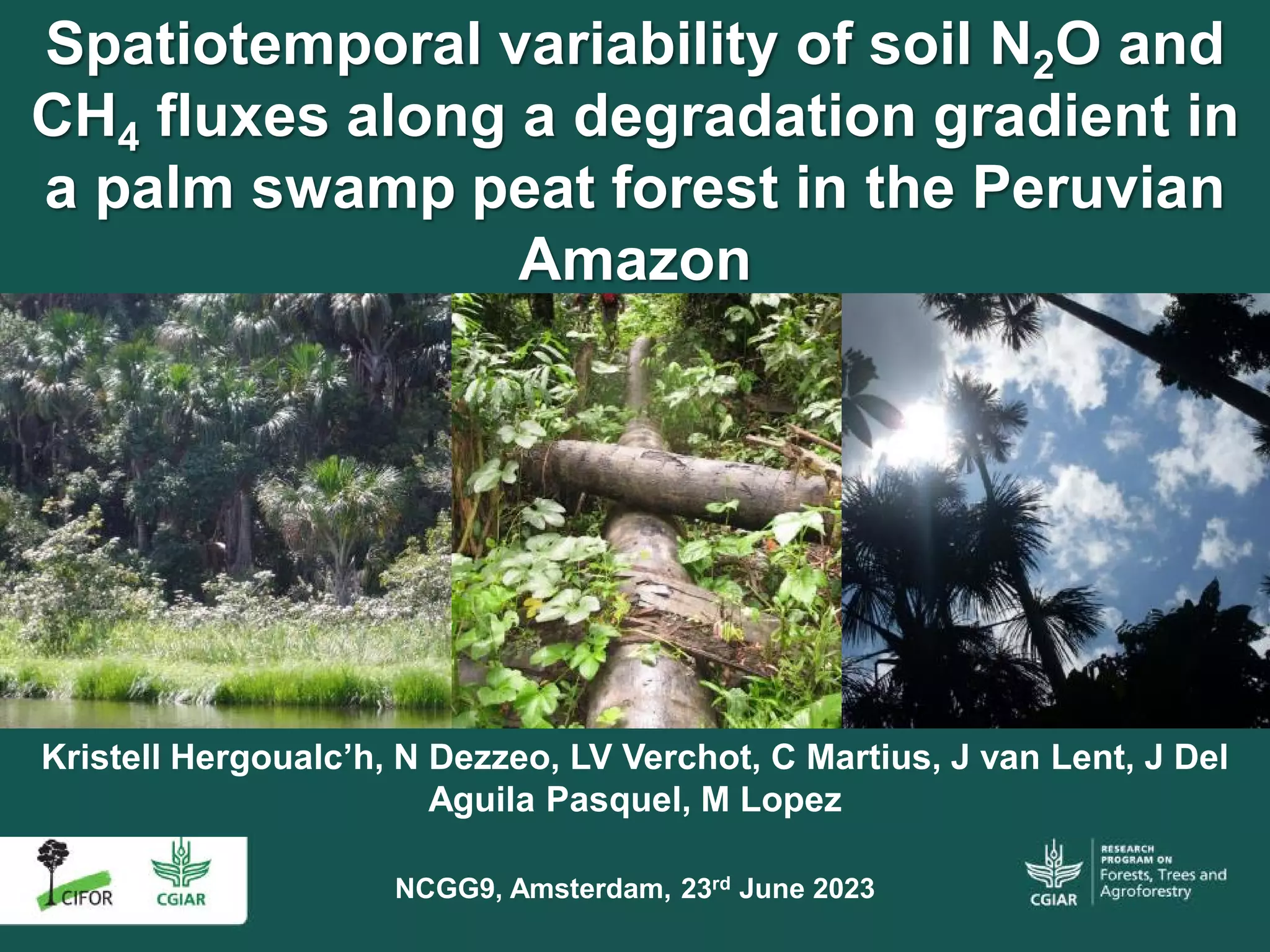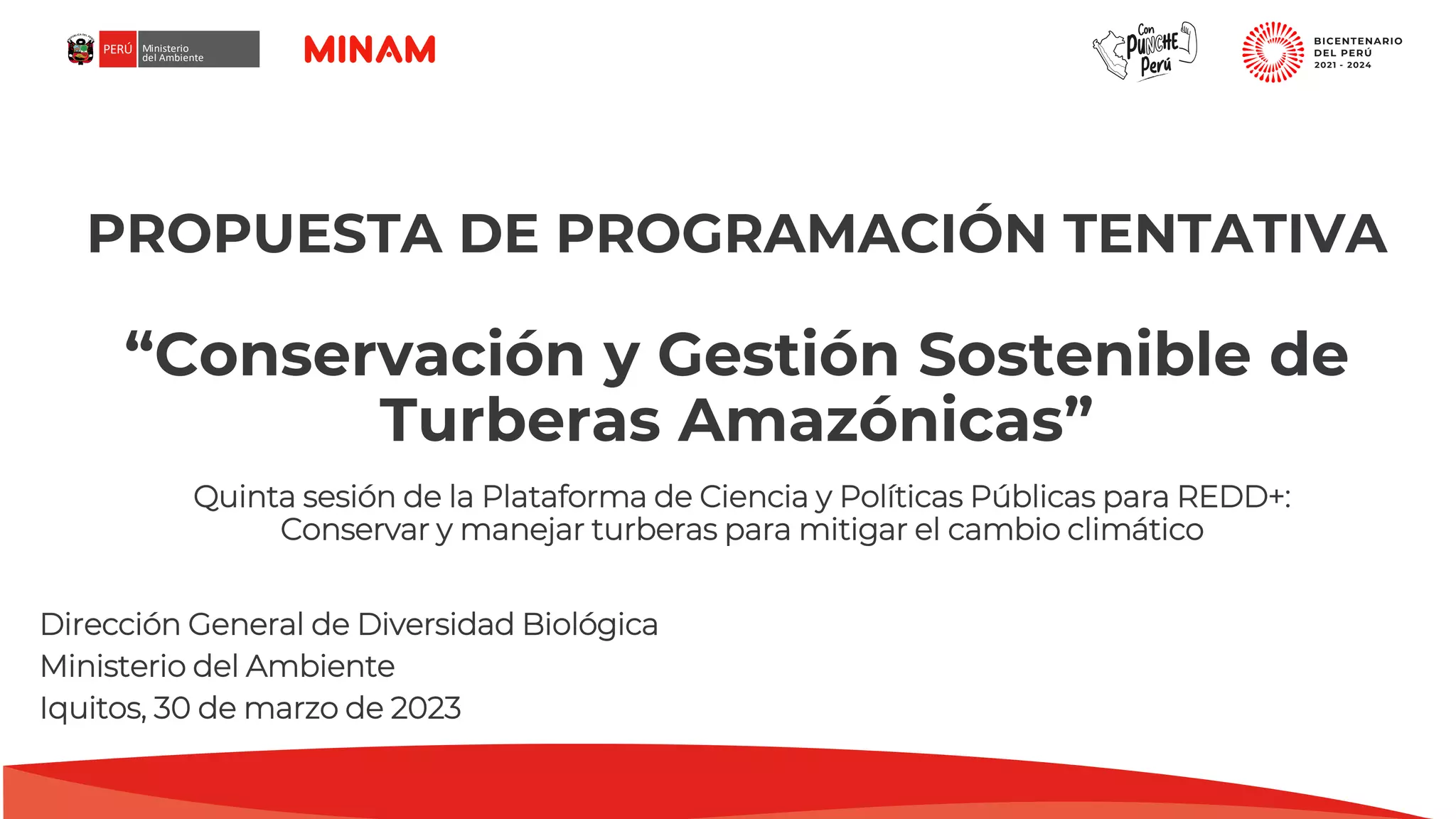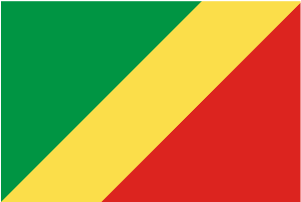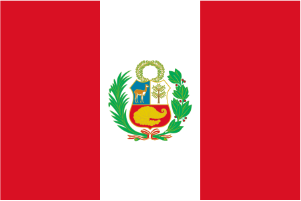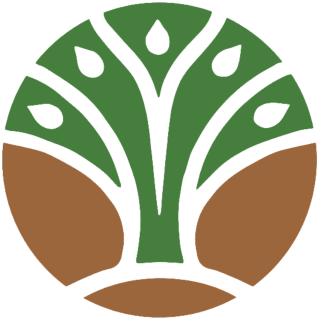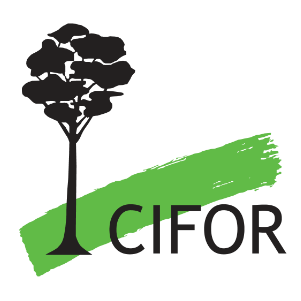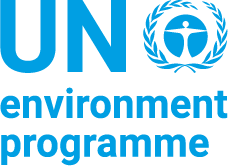
Geronggang (Cratoxylum arborescens) is able to adapt to ex-burned peatland. However, the viability of germination seed in peat soil is low. Composted sludge of paper and/or pulp wastewater treatment can provide nutrients to plants. This study compares the vegetative growth of geronggang seedlings after the addition of a composted sludge of pulp, and pulp and paper in peat soil after six months of planting. The sludge was air-dried to gain a water content of 60-70%. Decomposers namely Penicillium citrinum and P. oxalicum with a density of 107(spores.ml-1) were added to the sludge. The composting was held for a month. The sludge compost was added to the seedlings with a dosage equal to 2, 4, 6, 8, 10, 12, 14 and 16 (ton.ha-1). Height and diameter increment of the seedlings were recorded for six months and the data was analyzed using ANOVA. Application of pulp sludge compost at a dosage equal to 16 (ton.ha-1) resulted in a better height increment than other treatments after six months of planting. The addition of pulp sludge compost at a dosage equal to 12 (ton.ha) or pulp and paper sludge compost at a dosage equal to 8 (ton.ha-1) resulted in seedlings with a better diameterincrement. However, those dosages which result in a better height and diameter increment of the seedlings were not statistically different from some treatments. In conclusion, pulp sludge compost is better than pulp and paper sludge compost to enhance the growth of geronggang seedlings in peat soil.
Download:
 file
file

- Authors: Wahyuningsih, S., Rahmayanti, S.
- Author Affiliation: Balai Penelitian dan Pengembangan Teknologi Serat Tanaman Hutan Kuok Indonesia
- Subjects: peat soils, decomposition, seedlings, germination, peatlands, pulp and paper
- Publication type: Journal Article, Non-ISI
- Source: Jurnal Pemuliaan Tanaman Hutan 15(2): 105-113
- Year: 2021
- DOI: https://doi.org/10.20886/jpth.2021.15.2.105-113
